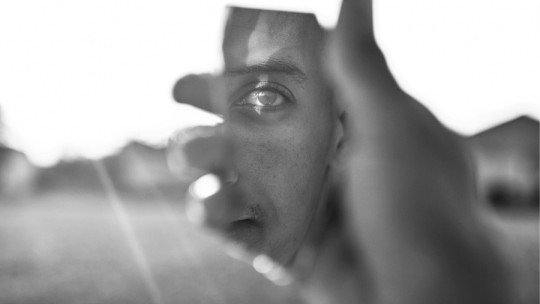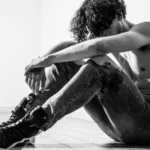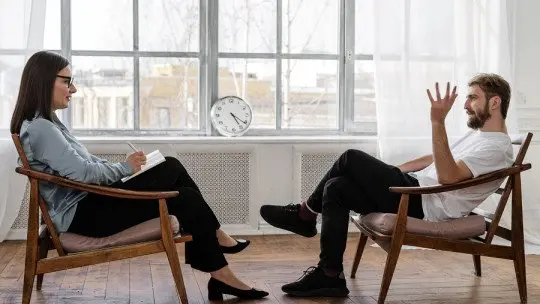
Body Image is described as the mental perception we have of our own body. This concept refers to how we see ourselves based on the feelings and emotions that our own image awakens in us. What we ask ourselves is, does our Body Image always coincide with reality?
Doctor Karen Carvalho, founding partner of ACCIÓ Psicología and Co-Director of the Master in Strategic and Integrative Therapy at NUS Agency, confirms what we already fear: “No, normally our perception does not coincide with reality. The truth is that there are many variables that will interfere with the way we see ourselves in relation to the perception of others.
The tendency is to have a negative perception of our own body. If you do a survey, 80% of the people you ask if they are happy with their image will tell you that they are not. In general, we tend to be critical of ourselves.”
How is Body Image developed?
There are several factors that come into play in the development of Body Image. Although, to a large extent, it depends on our own person and beliefs, the stereotype of cultural beauty, the pressure exerted by the media and social networks, as well as the opinions of our social and family environment, have a lot of influence.
“We are sociable beings, we have survived thanks to living in groups. We are very conditioned to want to belong to a group and that means identifying with it. What others think of us influences us and Body Image has a family influence. The problem is that what others think now does not solve any of our problems or make our lives easier as before.”
The evolution of our body during the different stages of life, from puberty to menopause, also affects and changes our perception of it. Adolescence is usually marked by insecurities and complexes that are not always understood by parents, as Carvalho points out: “The environment must accept that saying ‘You’re perfect’ is not going to help. They are disorders that greatly affect young people and if they do not feel heard, in the end the adolescent remains silent and stops sharing their discomfort.
The family has to observe if they eat, consume products to gain strength or go to the gym instead of going to class. And from here, seek help even without the presence of the adolescent. Indirect therapy can help a lot. Observation is much more important than intervention in these cases. And it is very true that The construction of our personality is also done from the image ”.
Body Image Disorders and their origins
Mental health is connected to acceptance and if there is a rejection of our own body, this will affect our self-esteem and will condition our daily life: “If I think I don’t have a pretty body, I think I’m not successful and I’m not going to achieve anything.” in the life. This will cause me to avoid situations and limit my quality of life. The way I relate to my body will define my daily and self-care behaviors. “Rejecting my body is not taking care of myself.”
Body dysmorphic disorders They cause an obsession with our appearance and the constant search for defects that may or may not be appreciated by others. This can lead to constant checking of our appearance in the mirror and resorting to probably unnecessary cosmetic procedures.
But, without a doubt, it can cause a lot of insecurity, emotional suffering and anxiety. To remedy this problem, it is advisable resort to cognitive behavioral therapy.
“Some of the main body image disorders lead to anorexia nervosa and bulimia. There is also vigorexia, more common in men, when they perceive that they do not look strong enough. Many times we observe that behind these behaviors there is bullying, trauma, a tendency to anxiety or adolescents going through difficulties during their hormonal changes.”
Karen Carvalho indicates the problems that often hide behind a body image disorder: “People not only come to the consultation because of a body image disorder. In general, these people seek help for depression, anxiety attacks, problems in their sexual relationships, dependence in relationships, etc. When we dig deeper, we find this context. Also We have to investigate the beliefs behind this and carry out therapeutic work to see what situations cause discomfort.”
The business of the pursuit of perfection
We live in a social environment in which, instead of normalizing and making aging visible, we are pushed to delay or conceal it. “In our society, imperfection makes money. The pursuit of youth is a business. We are told that we should accept ourselves as we are because we are unique and perfect, but we are not so perfect because we are encouraged to buy products to make ourselves look better. We have associated the physique with the quality of life. The trap is to believe that health is manifested by what we physically see, which is considered young and pretty.”
Carvalho points to self-care to value ourselves and avoid falling into unnecessary frustrations: “Self-care is being able to look at ourselves and have empathy for ourselves. It is knowing that we are not perfect, we have problems and limits, but, still, we deserve to take care of ourselves. It is important to think well of ourselves, to have time for ourselves and to know how to say no. It will help us be aware of ourselves.”








